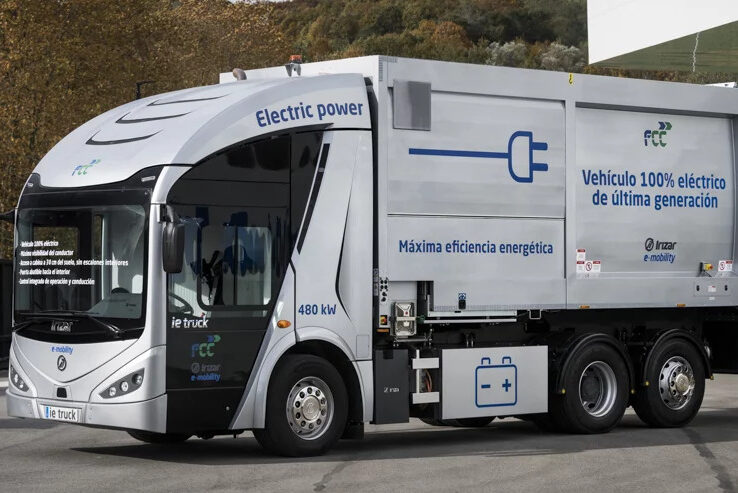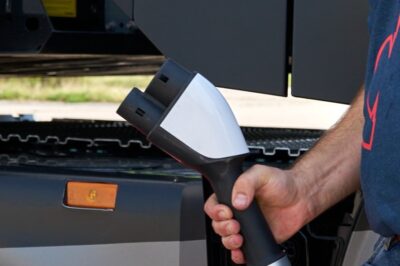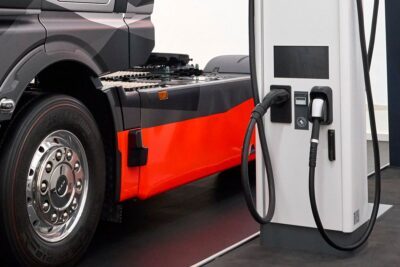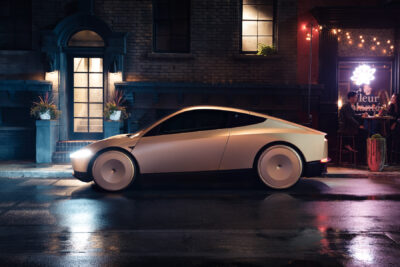Irizar and FCC Medio Ambiente present hydrogen truck
According to the initiators, a hybrid system consisting of a hydrogen fuel cell and a lithium-ion battery is used to power the vehicle. Not much else has been revealed in terms of technical specifications, however, as the prototype has undergone testing, a few lessons have been learned about the advantages that the platform can bring: Due to the smaller battery, the vehicle’s weight is reduced, allowing for energy savings in operation, as well as increasing the payload for the trucks. Furthermore, the reduction in charging times is advertised as a “great expansion of vehicle autonomy.”
The platform itself is designed “for urban service vehicles with 100% electric traction, plug-in and powered by a fuel cell that generates electricity by the chemical reaction produced between hydrogen and oxygen. It is a versatile and modular chassis, adaptable to any application related to urban services.”
The refuse truck presented is an operational prototype that was tested for months on real waste collection routes in various Spanish cities. FCC Medio Ambiente currently has a fleet of 20,000 vehicles, 1,600 of which are electric. The companies described the prototype as a “three-axis 21 m³ lateral loader collector-compactor with a maximum admissible mass, with an ultra-low and advanced cabin with urban design, a propulsion system and body drive [that always drives] electric.”
“We are clear that the future will be multi-technological and we are ready for it. Proof of this is the Irizar ietruck,” said Imanol Rego, CEO of the Irizar Group.
irizar.com, fccma.com (both in Spanish)





0 Comments